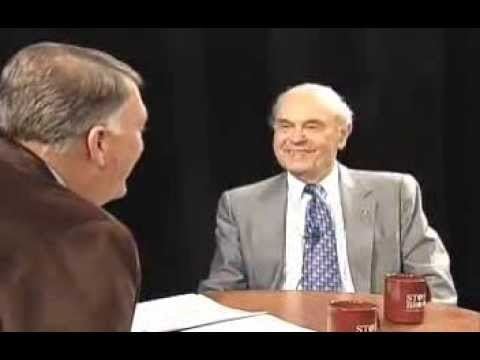Name Lee Koppelman | ||
 | ||
Books The Fire Island National Seashore | ||
Long island history journal lee koppelman
Lee E. Koppelman (born 1928) dominated planning on Long Island from the 1960s until his May 2006 resignation from the Long Island Regional Planning Board.[3][4][5] At age 78, in 2006, he still served as director of State University of New York at Stony Brook's Center for Regional Policy Studies.
Contents
- Long island history journal lee koppelman
- Suffolk planning federation dr lee koppelman discussing his accomplishments
- References
Koppelman is regarded as the father of sustainability on Long Island for he was the first of the power players to conceptualize the idea of preserving space in the interest of health and future generations. This was at a time when the main goal was to sell all of the remaining land and sustainability was not even a word.
Koppelman drew up influential Master Plans for Long Island in 1969-70. However, some of their most ambitious features remained "on the drawing board" - such as (1) an "instant city" to be constructed in the general vicinity of the Long Island Expressway's Exit 68 (William Floyd Parkway intersection, near Yaphank; (2) a major commercial airport serving the New York City market, to be located at the site of an existing military airfield, either at Calverton or Westhampton; (3) at least one bridge across the Long Island Sound, and (4) a new North Shore parkway running parallel to the Long Island Expressway in Suffolk County. (Source: Articles by Karl Grossman in the Long Island Press, 1969 and 1970, not available online.)
The first three were revived, and presented to the public as brand-new proposals, by the Long Island development lobby between 1988 and 1992. The "instant city", proposed anew by developer Wilbur Breslin, became a sprawling 2,100-acre (8 km2) mixed-use dream, nicknamed "WillyWorld", dominated by a giant shopping mall. A proposal for an air freight facility at the US Navy / Grumman property in Calverton [6], and a high-speed ferry between Wading River and New Haven, Connecticut, were candidly described in L.I. Business News and Newsday editorials, respectively, as first steps towards the long-awaited major passenger jetport and cross-Sound bridge, both vehemently opposed by "NIMBY" groups since they were first advocated by Koppelman and others circa 1969. As of early 2006, these projects all remain in the proposal stage. (Dozens of articles on each "new" proposal in Newsday online archives, especially 1989-1994.)
Although primarily identified, in the public mind, with the schemes of the "development lobby", Koppelman has also played a leading role in preserving open space, particularly in the parklands purchased by Suffolk County around 1970. Research supervised by Koppelman identified road run-off ("non-point-source pollution") as the leading cause of deteriorating water qualitiy in local aquifers and estuaries, indicating an urgent need to limit the amount of paved-over area in coastal environments.[7][8] In the early 1990s, he publicly opposed the "WillyWorld" shopping mall proposal, on the grounds that enough other similar projects were already in the works. In general, Koppelman's environmental initiatives left a lasting legacy, while his major development proposals went nowhere, or were overwhelmed by the chaotic clutter of suburban sprawl.
Koppelman is the author, with Joseph De Chiara, of standard texts on planning, widely used in graduate schools: Urban Planning and Design Criteria (Van Nostrand Reinhold, 1982), and Site Planning Standards (McGraw Hill Co., 1978). Rep. Steve Israel (D-NY) nominated Koppelman for a Presidential Medal of Freedom in 2004. Koppelman also serves as a professor in Stony Brook University's graduate program in Public Policy.
Koppelman's long conversations with Newsday reporter Robert Caro inspired Caro's biography of Robert Moses, The Power Broker, which depicted the elderly Moses as basically a has-been megalomaniac (while promoting Koppelman as a brilliant up-and-coming planner). Ironically, Koppelman seemed to follow the older planner's footsteps in his own later years, with numerous honors, titles, and salaries but commanding diminished respect among his fellow "power brokers". In 1992, a civic activist discovered that a Koppelman-led feasibility study of the Calverton air freight proposal had claimed that Lufthansa was interested in opening operations at the site - on the basis of one cold call, answered by a random blue-collar employee, who had in effect merely agreed with the caller that Calverton sounded like a nice place.
